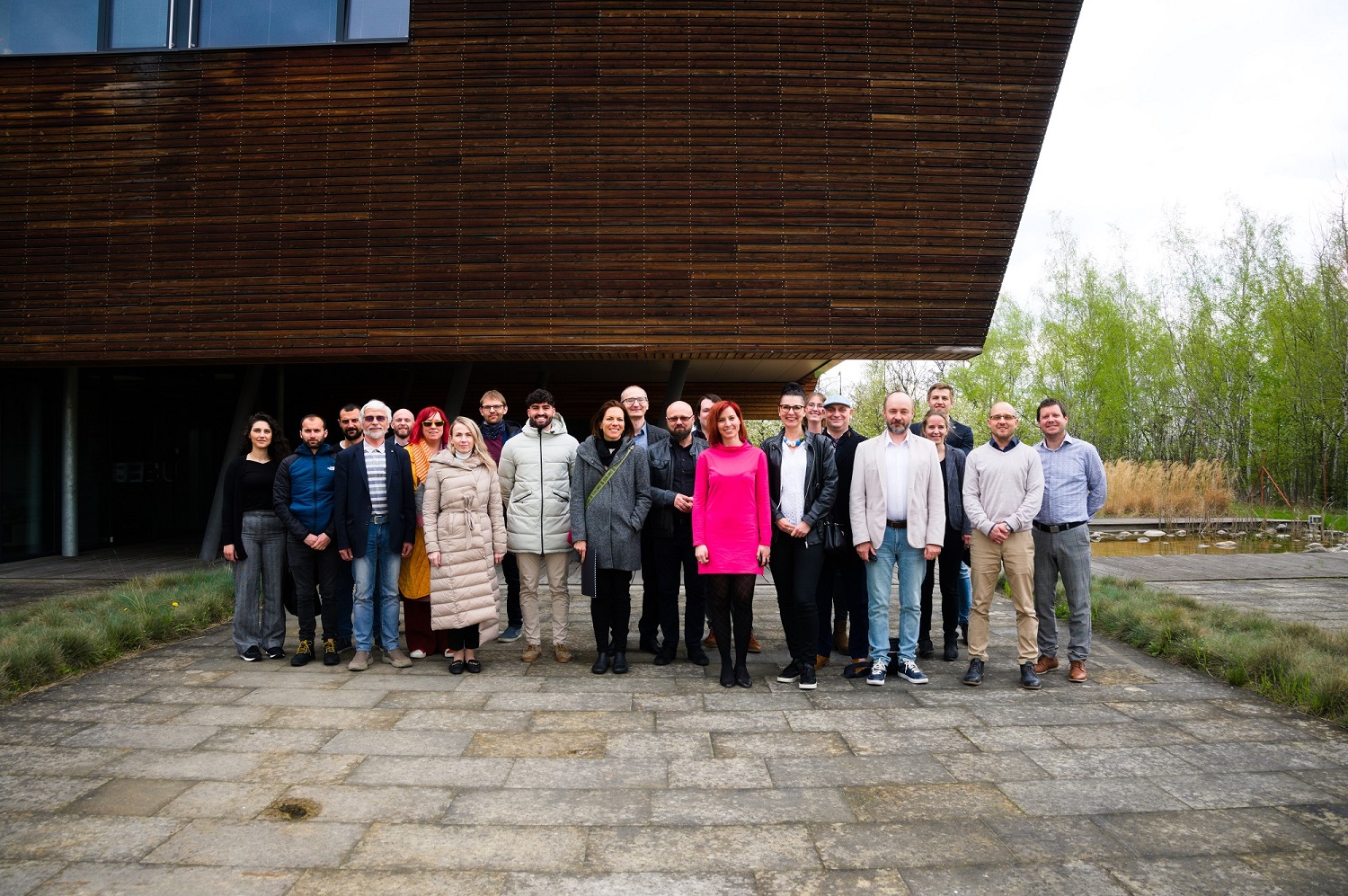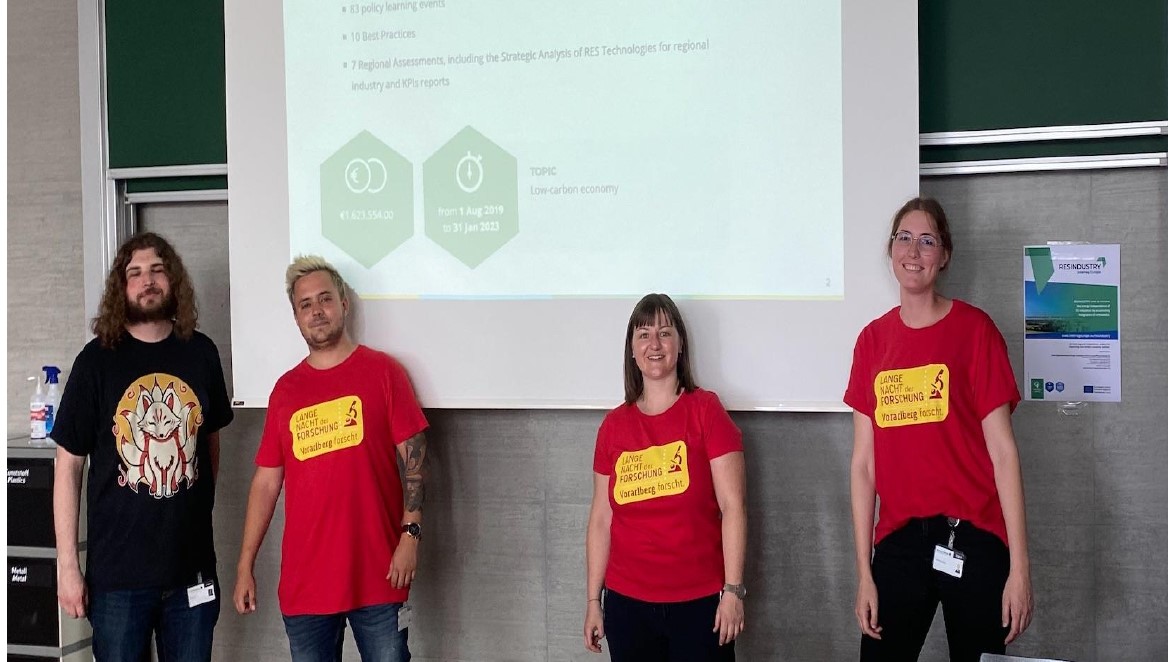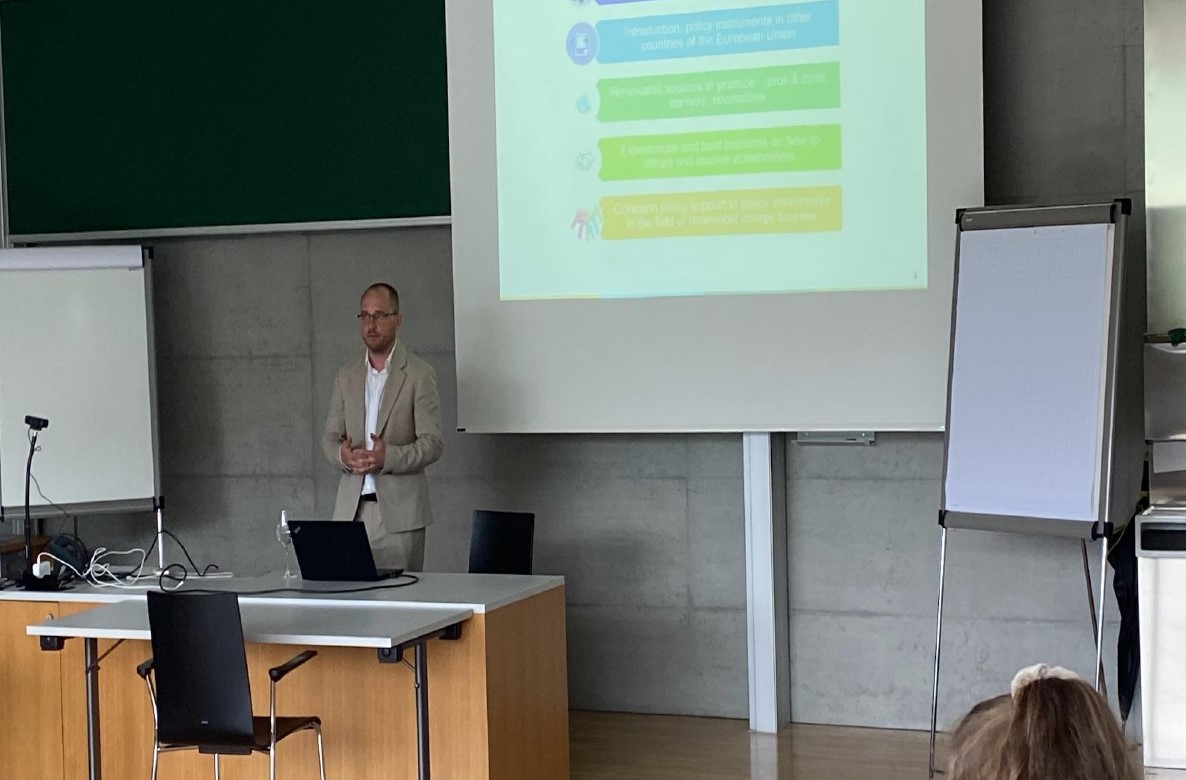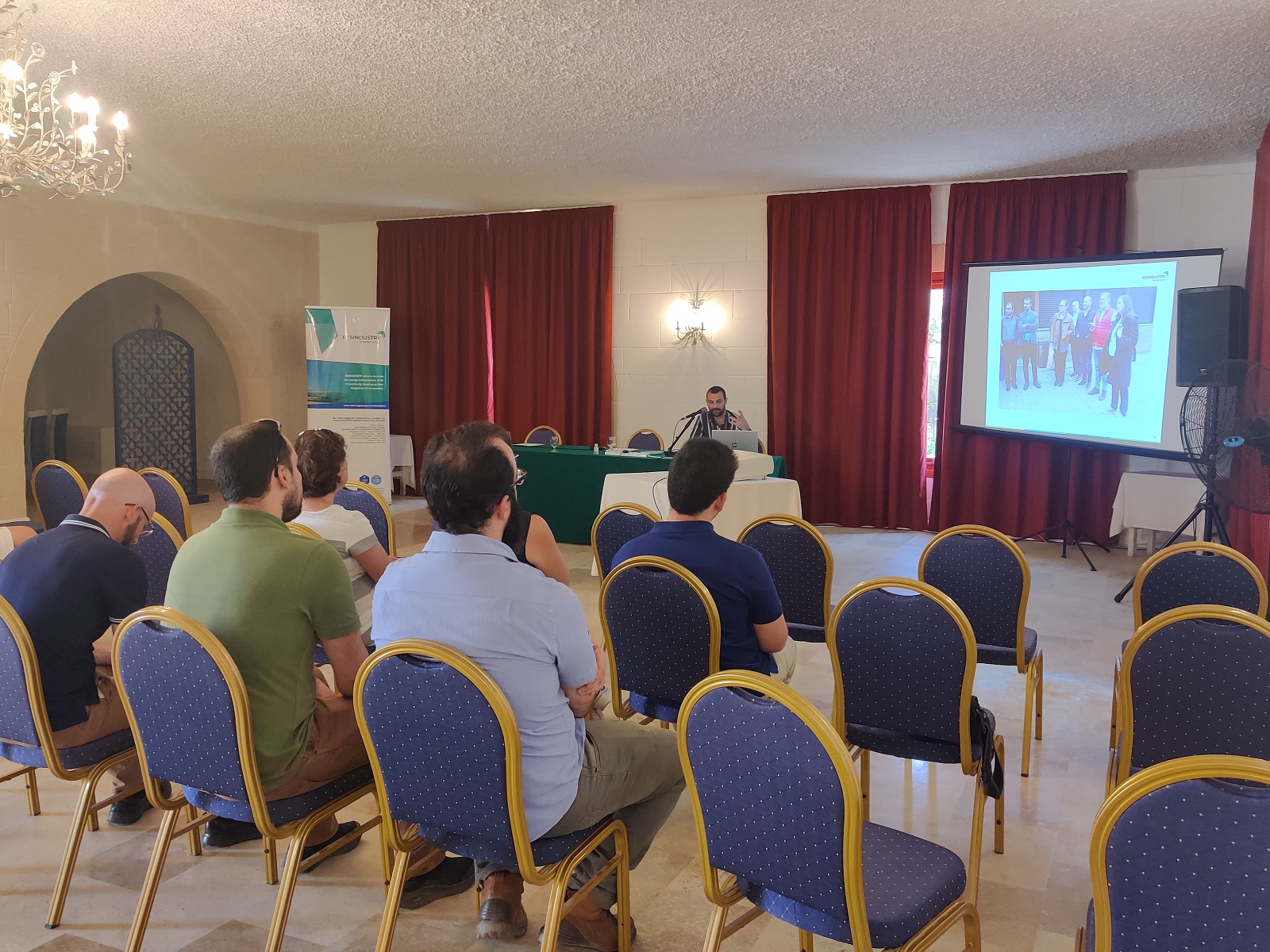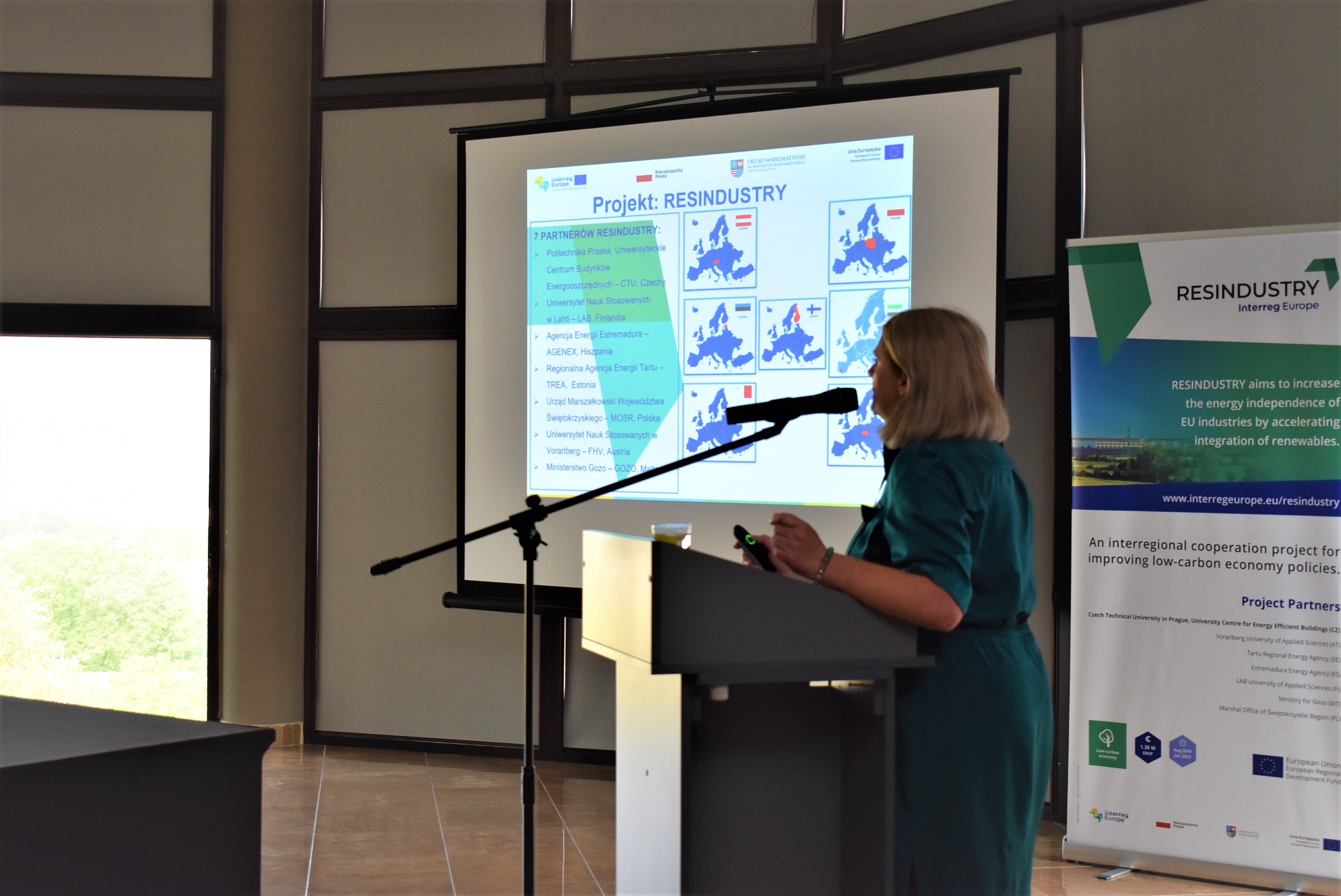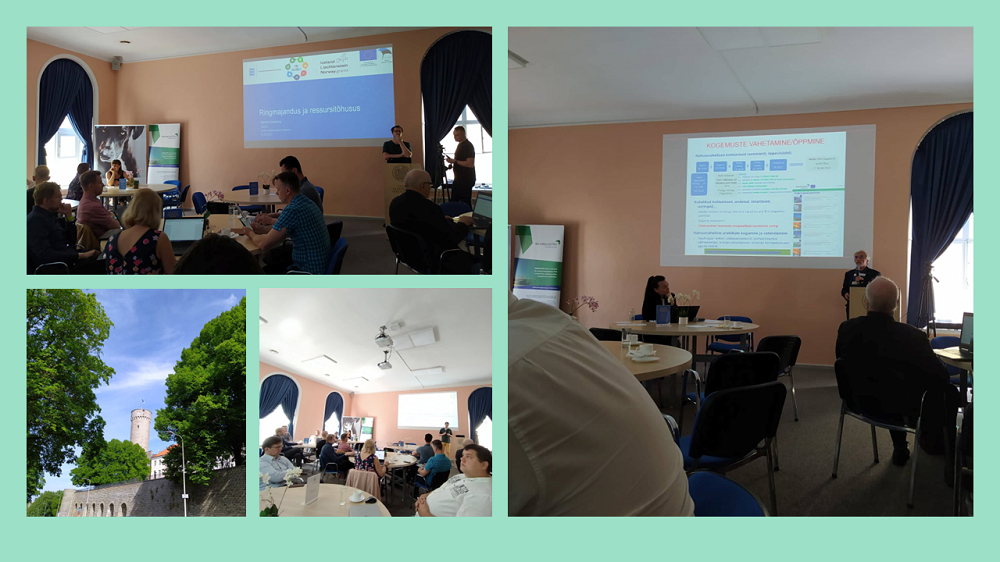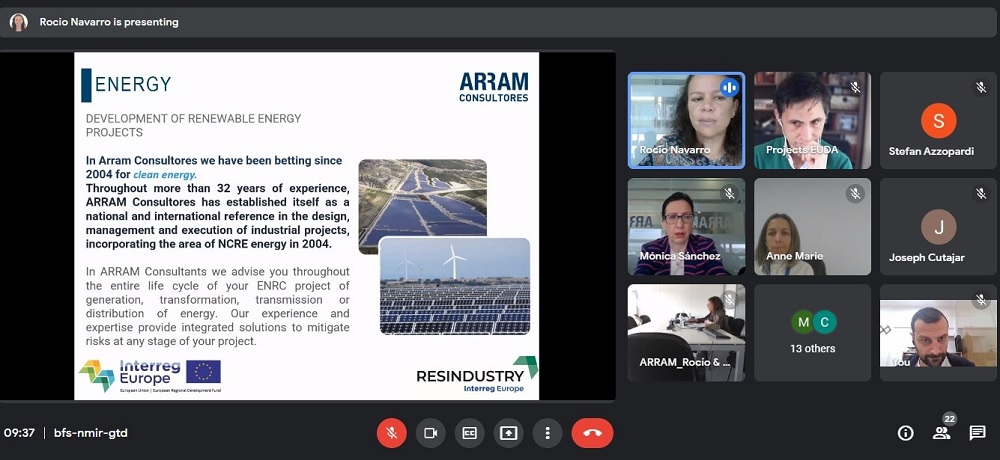Distributed small-scale biomass-fired combined heat and power (CHP) plants play an increasingly important role in the energy transition of the industrial sector towards renewables. Such energy systems are one of the key concepts for the sustainable future of energy production. Generating both heat and electricity from one heat input brings great savings in primary energy sources consumption and thus also emissions and last but not least, fuel costs.
Fossil fuels fired CHP plants based on mature technologies such as reciprocating internal combustion engines or microturbines have been well established and state of the art in the industry for the last decades. These technologies though consume noble and expensive gaseous or liquid fossil fuels with fluctuating prices and absolute dependence on the external fuel supply.
Novel CHP systems with external heat input such as Stirling engines or Organic Rankine Cycles which are able to utilize solid biomass fuels of a lower quality are emerging at the market and bring great potential in financial and emissions savings of the industrial site. More benefits come from the possibility to combust locally produced wood by-products (e.g. low-quality woodchips or wood scraps) which would otherwise be considered waste. Local production of both heat and electrical power also increases the grid independence and may in cooperation with a storage system enable to operate in a fully off-grid regime.
Currently, in Europe, the majority of industrial enterprises supplies heat in a form of saturated steam or hot water from local fossil-fuelled and often morally and technically outdated heating plants and electricity supplies from the grid. There is a great potential for energy and emissions savings when both heat and power is produced locally and from renewable fuel such as biomass. Even though such energy systems are already available at the market, they usually come with higher investment costs compared to a conventional biomass boiler. One thought must consider that these systems thanks to the savings in electricity costs are able to pay back rather early on if used for a long period of time during the year.
Feasibility of the technology and also its operating necessity is directly linked to a sufficient heat demand in the end user's location and the heat demand in most cases also determines the size of the biomass CHP plant. The on-site heat demand has to justify the investment in such CHP system. The heat load should also remain stable or ideally constant during the day and in-between seasons. Another concern is that the CHP unit has to be sized properly so that it can operate on full load in the majority of the time as the partial load reduces the system's efficiency. Excess electricity can always be fed into the grid when not utilized on-site or accumulated, whereas heat cannot easily be transported over great distances.
Therefore, industrial sites with local by-production of biomass and which require stable low-temperature heat demand throughout the year for drying or other production processes such as food processing industry or wood processing industry are perfect representatives of a typical customer which would greatly benefit from an energy transition towards distributed biomass CHP energy systems.
The Interreg Europe project RESINDUSTRY aims to increase the energy independence of the EU industry sector, by decreasing its energy intensity through higher integration of RES. Distributed biomass CHP energy systems are definitely a type of technology which contributes to that and refurbishments of fossil-fuelled industrial heating plants should be promoted and incentivized by the policy instruments with a goal of the energy transition towards renewables.
Figure 1 Fuels and biomass shares for industrial CHP plants in EU28 (source: AEBIOM Statistical report 2017)
Written by: Jan Spale, CTU UCEEB, [email protected]



